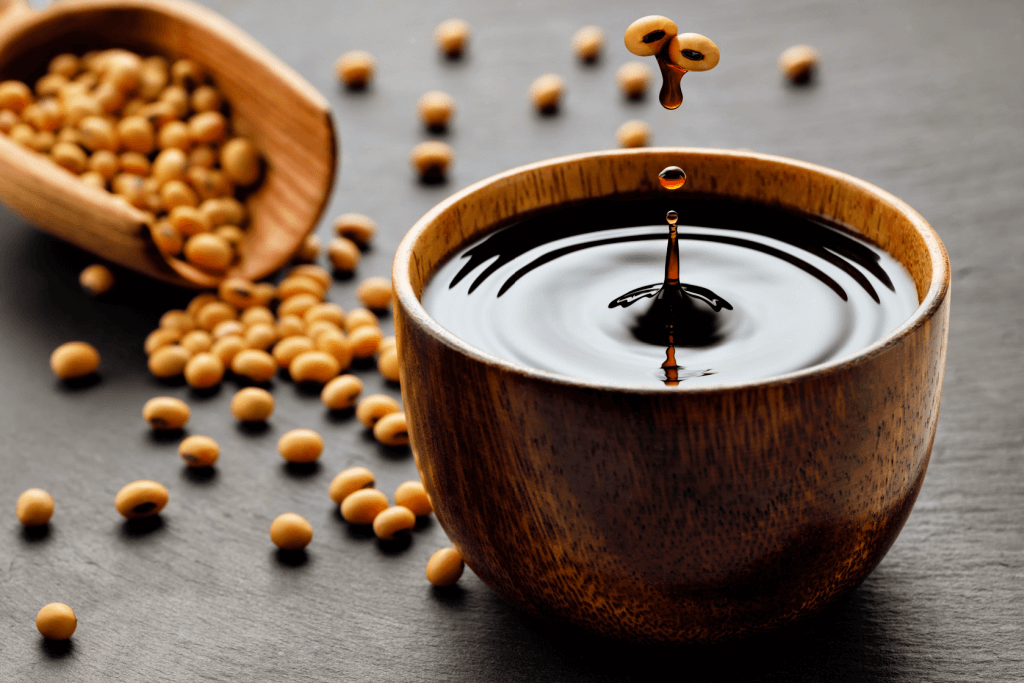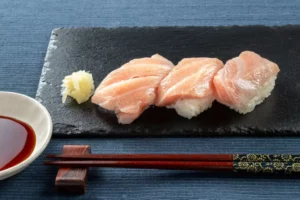Welcome to Japanese flavors, where a common sight on restaurant tables is Japanese soy sauce. It might remind you of the Chinese version, but some exciting differences exist. We’ll look closer at the story behind Japanese soy sauce, from its history to its varieties. Get ready to explore the world of soy sauce in Japan and learn how it adds a special touch to your meals!
Table of Contents
ToggleWhere did Japanese soy sauce come from?
Soy sauce originates from China, and people originally called it jan sauce. This sauce’s ingredients include pickled fruits, vegetables, and seaweed. People also used it as a paste from preserved meat, grains, and beans. According to historical records, this sauce/paste was first noticed in Japan around the 13th century, where it was termed hishio.
Generally, hishio was a combination of soy sauce and miso paste, most suitable for palace banquets. Later, a Zen priest named Kakushin studied at a temple in China and learned various ways of making miso. He returned to Japan to teach the Kinzanji Miso method in Yuasa, Wakayama. While making miso there, he noticed a dark runoff liquid coming from this miso during the production process.
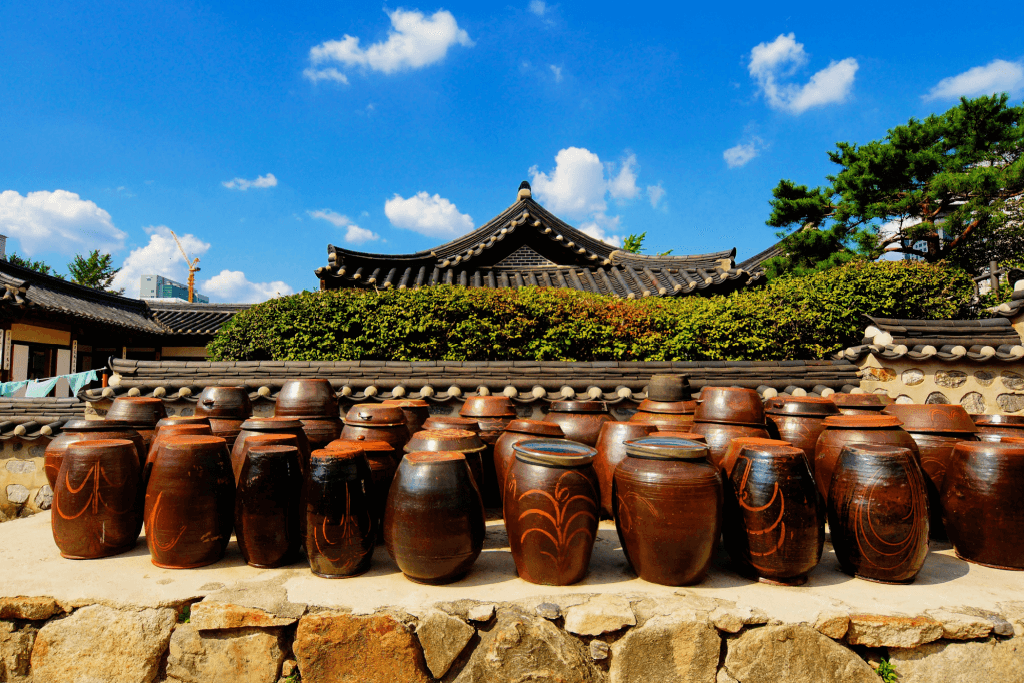
In addition, Kakushin observed that the dark runoff liquid had an enjoyable flavor, so he began to use it as a seasoning. This liquid became known as tamari soy sauce. Approximately in 1580, tamari soy sauce began its distribution in Western Japan. However, in Osaka and Kyoto, people call it kudari sauce.
Later, soy sauce expanded to Tokyo, and even though some producers were present there, the soy sauce from western Japan remained highly valued. As soy sauce’s popularity and production increased throughout the country, so did the types of soy sauce. According to the Japan Agricultural Standards, there are five types of soy sauce: koikuchi, usukuchi, tamari, saishikomi, and shiro.
Koikuchi (Dark)
Koikuchi soy sauce is regular soy sauce, the most commonly used soy sauce in Japanese kitchens. It is typically produced from equal parts of soybean and wheat, producing a salty flavor with rich umami. People use it as a versatile or general soy sauce in cooking. You should use this soy sauce for making sauces, marinades, braising liquids, and stir-fries. The best brands of koikuchi soy sauce are Kikkoman and Yamasa, available in Japan and overseas.
Usukuchi (Light)
Usukuchi soy sauce is a lighter, thinner soy sauce. because it has a higher wheat-to-soybean ratio. It is saltier but has a more subtle umami flavor than koikuchi. The soy sauce is used in light-colored dishes such as soups and braises. It’s more prevalent in Kansai than in other parts of Japan. Similar to koikuchi, the best brands for usukuchi are Kikkoman and Yamasa.
Tamari (Soybean and Wheat)
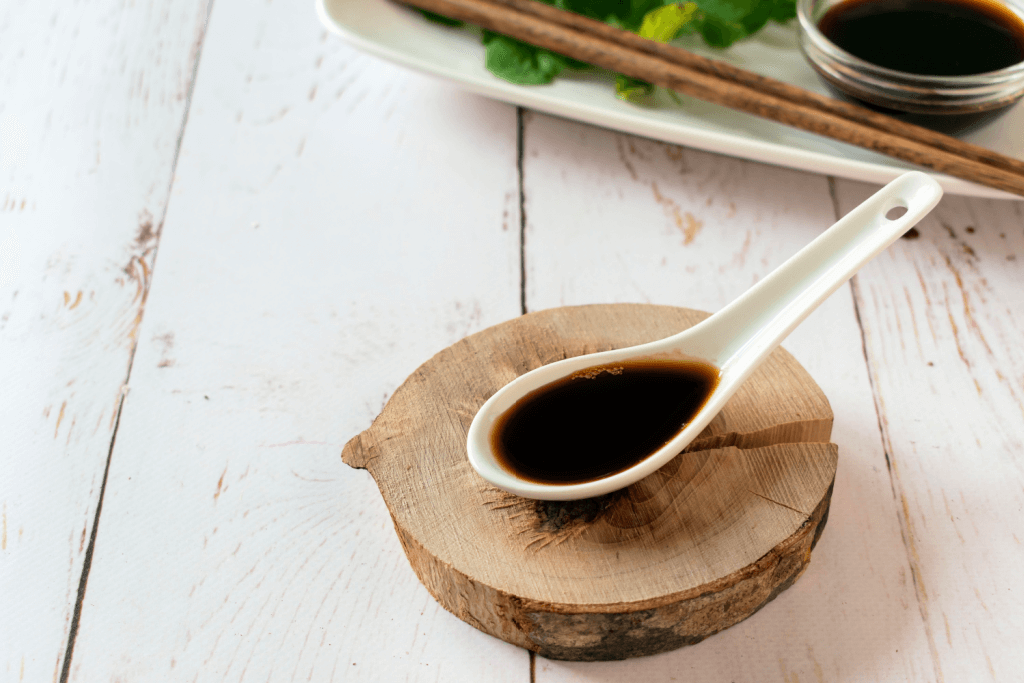
Tamari soy sauce uses soybeans and a little wheat, sometimes without it entirely. If you have gluten sensitivity, it is essential to check the label to see if you can have it or not. The tamari soy sauce has a strong flavor and slightly thick texture. Generally, it is primarily a dipping sauce for sushi, sashimi, or glazing meats. It is popular in Japan’s Chubu (Nagoya) region, and one of the most famous tamari soy sauces comes from Ito Shoten.
Are you interested in enjoying even more artisanal Japanese food? Check out Sakuraco! Sakuraco delivers traditional Japanese snacks, sweets, tableware, and more from local Japanese makers right to your door, perfect for a pleasant snack time at home!
Saishikomi (Twice-Brewed)
Saishikomi soy sauce is a double-fermented soy sauce. Sometimes, it earns the nickname “the most luxurious soy sauce.” It undergoes a process similar to koikuchi but incorporates cultured mold into soy sauce that’s already been brewed. This dual brewing deepens the flavor and aroma, creating a richer, more luxurious profile. Despite the double brewing, saishikomi tastes less salty and boasts a subtle sweetness compared to koikuchi soy sauce.
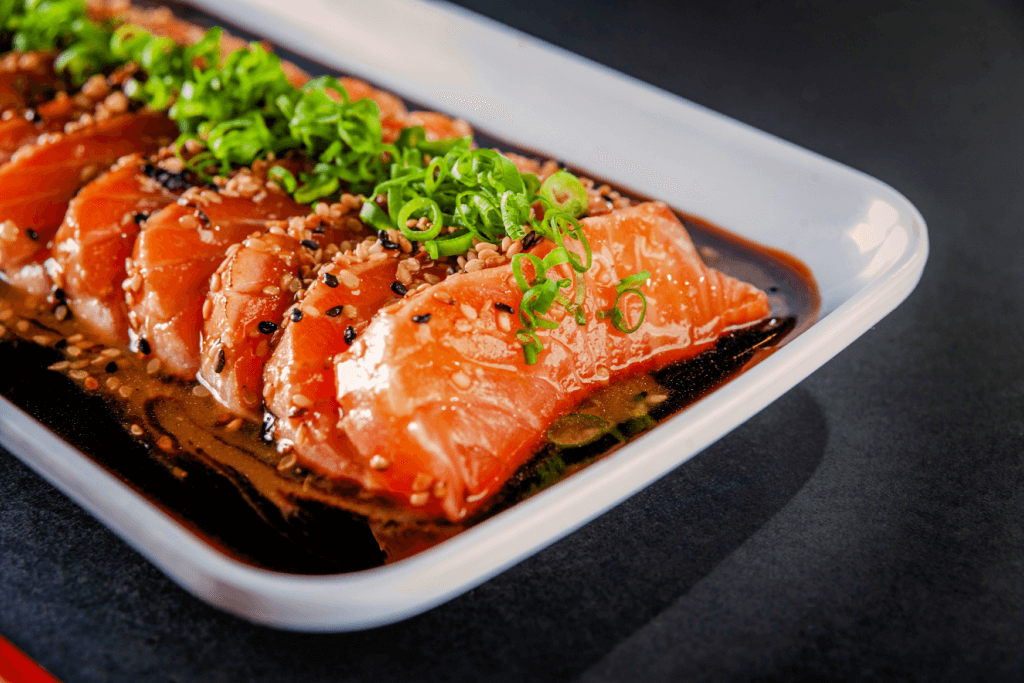
Primarily, people use it as a dipping sauce for sushi and red meat. Furthermore, it finds application as a finishing seasoning. Compared to other soy sauce types, saishikomi is more challenging to come by – specialty stores usually stock it instead of general stores. It’s most popular in Yamagata Prefecture.
Shiro (Clear Soy Sauce)
Shiro soy sauce is very light in color and is made from mostly wheat and very little soybeans. Its flavor is lighter and sweeter than koikuchi. It is primarily used as a dipping sauce for white fish sashimi and seasoning for clear soups. In particular, it is commonly used to make chawamushi (steamed egg custard). This soy sauce is famous in Nagoya Prefecture. The leading brand of shiro soy sauce is Hichifuku Brewery.

In Japanese cuisine, soy sauce takes on various forms, each lending its unique flavor to different dishes and culinary practices. From light to dark, each soy sauce variety offers a distinct taste that enriches the art of cooking and dining. Have you ventured into the realm of these soy sauce varieties? Please share your experiences with us! Whether you’re a culinary explorer or a sauce connoisseur, your insights can inspire fellow food enthusiasts to embrace the flavorful journey of Japanese soy sauce. Drop your thoughts in the comments, and let’s begin a flavorful conversation together!


